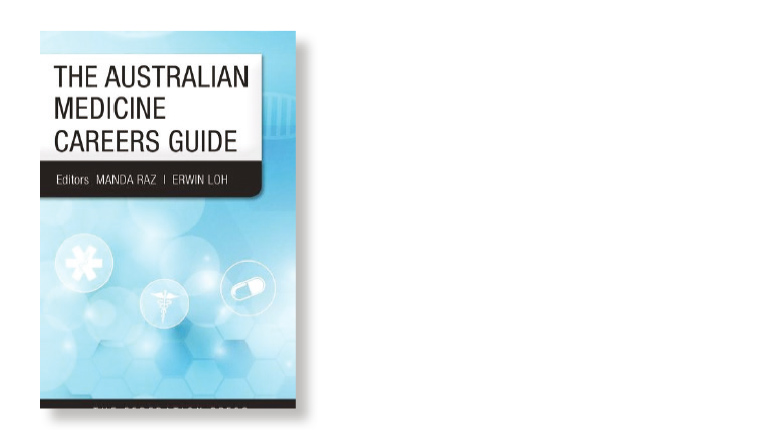
Edited by Manda Raz, Erwin Loh
Annandale, NSW: The Federation Press, 2018
Paperback/272pp ISBN 9781760021672
I found this book both fascinating and disturbing. It provides insight into the pressures on medical students but promotes a highly focused, relentlessly ambitious approach to pursuing career choice. In summary: choose early; select experiences that polish applications; publish research or a book; apply for all available prizes; ensure clinical experience in elite academic hospitals; and seek influential referees. This strategic approach requires substantial additional commitment in already busy lives. Despite some assertions to the contrary, the focus is on competitive, metropolitan training programs for popular, narrower specialties.
Similar advice has been offered for many years to medical students and junior doctors, despite a lack of evidence that it makes a difference. Those without a clear, early sense of preferred career may well benefit both personally and professionally from deliberately seeking a range of experiences. The key issue in applying for any specialty program is to find something enjoyable, perform well and seek role models and mentors who provide sound advice. Medical graduates are a diverse group, yet there is potentially a satisfying career for everyone. Why self-inflict more pressure when just getting through the course may be challenging enough?
Maintaining currency in a book is difficult. Although there is a useful summary of the more popular training programs, the section on general practice and rural medicine is relatively brief and contains inaccuracies, perhaps because details change regularly. Academic careers are poorly explained, and discussion of other careers may have similar limitations. Readers should check relevant websites for current information.
Despite the focus on gaming an imperfect system, useful advice is provided. I particularly liked the ‘fact or fallacy’ approach, although some ‘facts’ reflect persistent myths about the importance of ‘who you know’, publications and large academic hospitals. Advice about selection processes is reasonable, as is the longitudinal view evidenced by discussion of post-training careers. The chapter titled ‘Medicine and the law’ contains useful information, although seems almost out of place here.
In summary, this book may help those with an early, firm decision to enter a highly competitive specialty. For the rest, letting life happen until a sense of vocation emerges may still be an appropriate path.